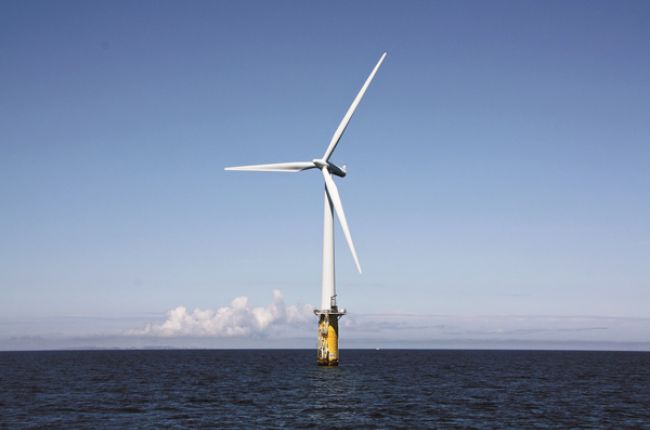
European oil majors are boosting investment in renewable energy sources as they aim to become net-zero energy companies by 2050 and slash carbon emissions. And there is one renewable energy sector where Big Oil has a lot to offer and a lot to gain—offshore wind. Oil and gas majors can use their offshore expertise and deep pockets to finance and develop offshore wind farms in an industry estimated to attract nearly $1 trillion over the next decade.
Offshore wind opportunities will help Big Oil gain a more prominent role in low-carbon energy, help them reduce operational emissions from offshore oil and gas fields powered by renewable electricity, and advance projects for producing green hydrogen via electrolysis using renewable sources, including offshore wind.
Investments in offshore wind could come with handsome rewards for the majors. Offshore wind can deliver 25% higher unit operating cash margins in comparison to new field oil and gas projects, according to a new metric and analysis developed by Wood Mackenzie.
“Even the lowest offshore wind portfolio average operating cash margin is above the upstream average. And the renewable technology’s margins trump deepwater – Big Oil’s highest margin asset class,” Akif Chaudhry, Principal Analyst, Corporate Research at WoodMac, wrote in an analysis this week.
“Our new cash margin metric – operating cash flow per gigajoule equivalent (GJe) – goes beyond traditional comparisons. And it reveals that offshore wind comes up trumps,” Chaudhry added.
Offshore wind is expected to be a pillar of the energy transition and attract almost $1 trillion over the next decade, with offshore wind capacity jumping tenfold by 2030, from 34 GW in 2020 to 330 GW by 2030, WoodMac said in a report earlier this year.
Offshore wind technology is proven, and investors have confidence in it, the energy consultancy said in May. Moreover, Europe’s strategy to cut off its dependence on Russian energy could further accelerate offshore wind development.
“Similarly, competitively priced offshore wind is likely to play an important role in powering electrolysers to produce hydrogen, so some of its growth will be tied to the scaling up of the green hydrogen industry,” WoodMac said.
More and more companies have been bidding in offshore wind lease rounds and auctions, and European oil majors are participating en masse.
The first commercial offshore wind tender in 2010 attracted just one bidder. Earlier this year, the ScotWind Leasing offshore Scotland saw bids from more than 60 companies, and all European majors bid and won acreage in the leasing round.
Shell, BP, Equinor, and TotalEnergies are all betting on developing offshore wind in Europe, the U.S., and Asia and say the sector is a priority area of growth for them.
BP, with an ambition to be a leading provider of offshore wind energy, plans to develop offshore wind across two leases in the UK’s Irish Sea, with a generating capacity of 3 GW, while in the U.S., it is developing 4.4 GW projects offshore New York and Massachusetts. Shell has more than 4.3 GW of capacity in operation and under construction, and 16.7 GW in the funnel of potential projects (gross capacity) across North America, Europe, the UK, and Asia. Equinor wants to be a global offshore wind energy major and have an installed net capacity of 12-16 GW by 2030, two-thirds of which will be within offshore wind. TotalEnergies has 6 GW of offshore wind projects under development and construction, of which 2 GW are planned to go into production by 2025.
The majors are looking to boost offshore wind development not only to provide electricity to households, but also to electrify offshore oil and gas platforms and produce green hydrogen.
For example, Equinor is studying possible options for building a floating 1-GW offshore wind farm in the Troll area, with the potential start-up in 2027, which could provide much of the electricity needed to run the offshore fields Troll and Oseberg through an onshore connection point. At the same time, Shell has just announced it will start building Europe’s largest renewable hydrogen plant in the port of Rotterdam, which will use renewable power for the electrolyzer from the offshore wind farm Hollandse Kust (noord), partly owned by Shell.
Overall, Europe’s Big Oil is well positioned to take advantage of the growing offshore wind industry, analysts say.
“After years of managing volatility in oil and gas, the Majors are equipped to get the balance between risk and return right. And they are flush with deep pockets of cash to take advantage of the huge upcoming opportunities,” WoodMac’s Chaudhry said.
























